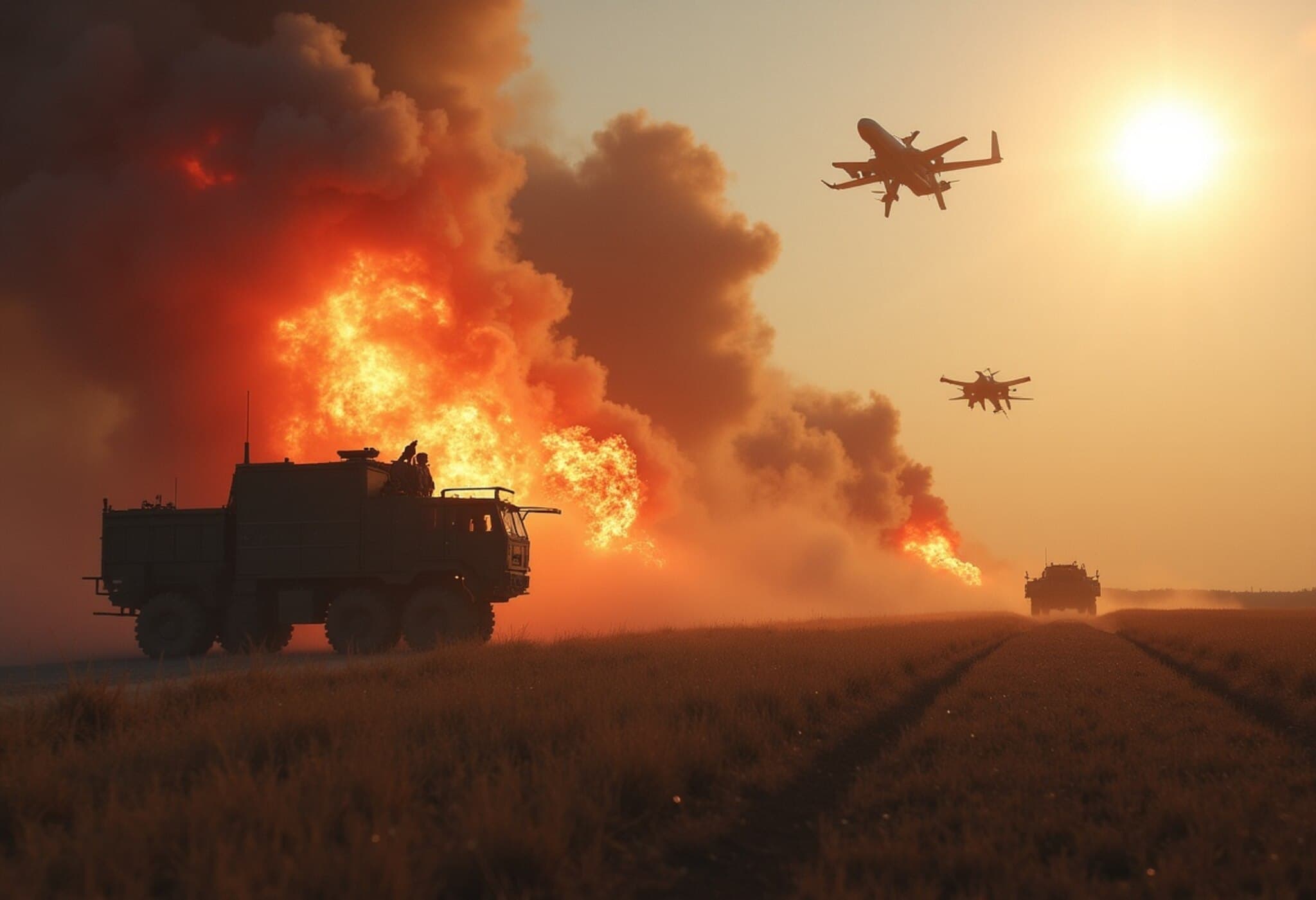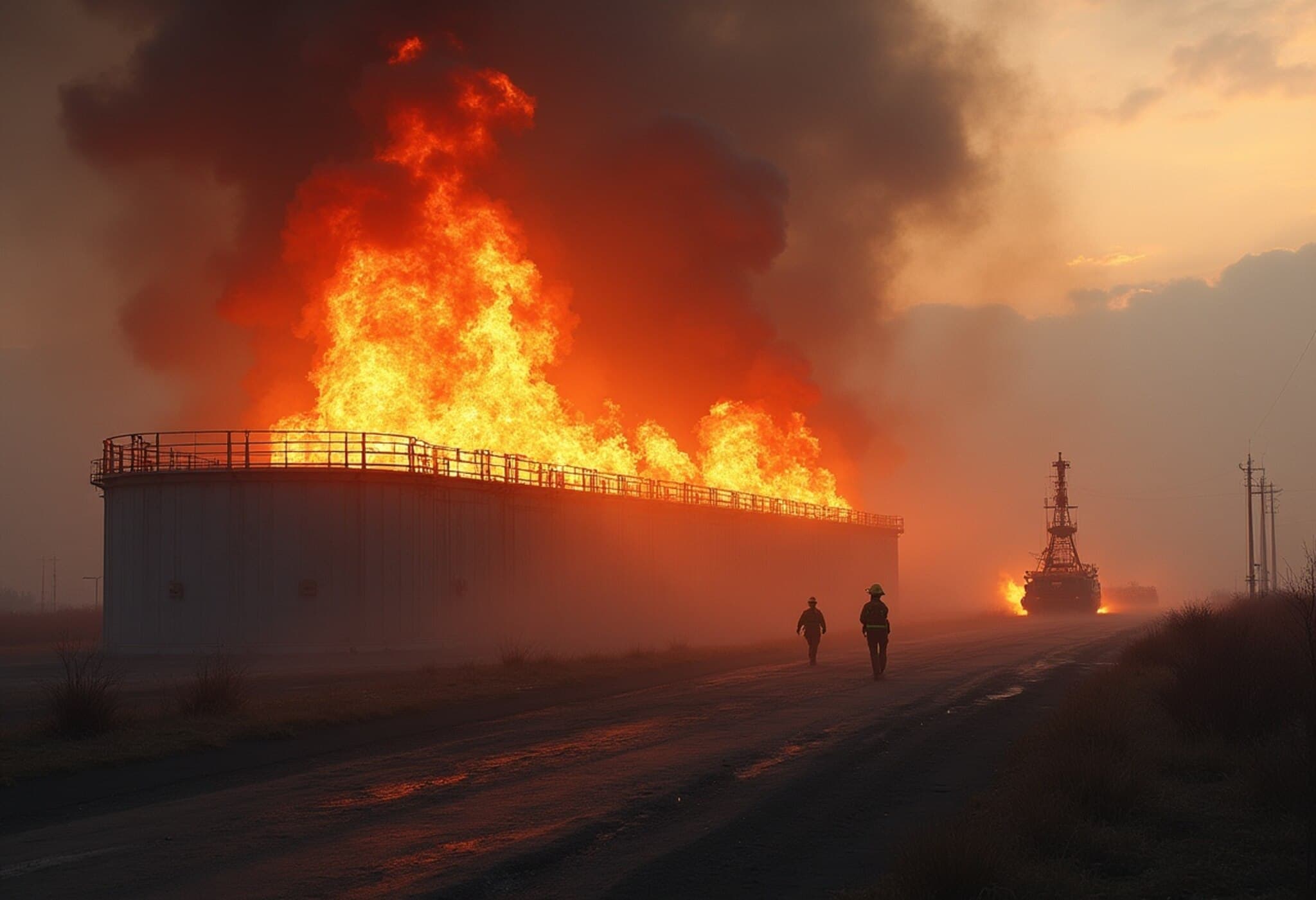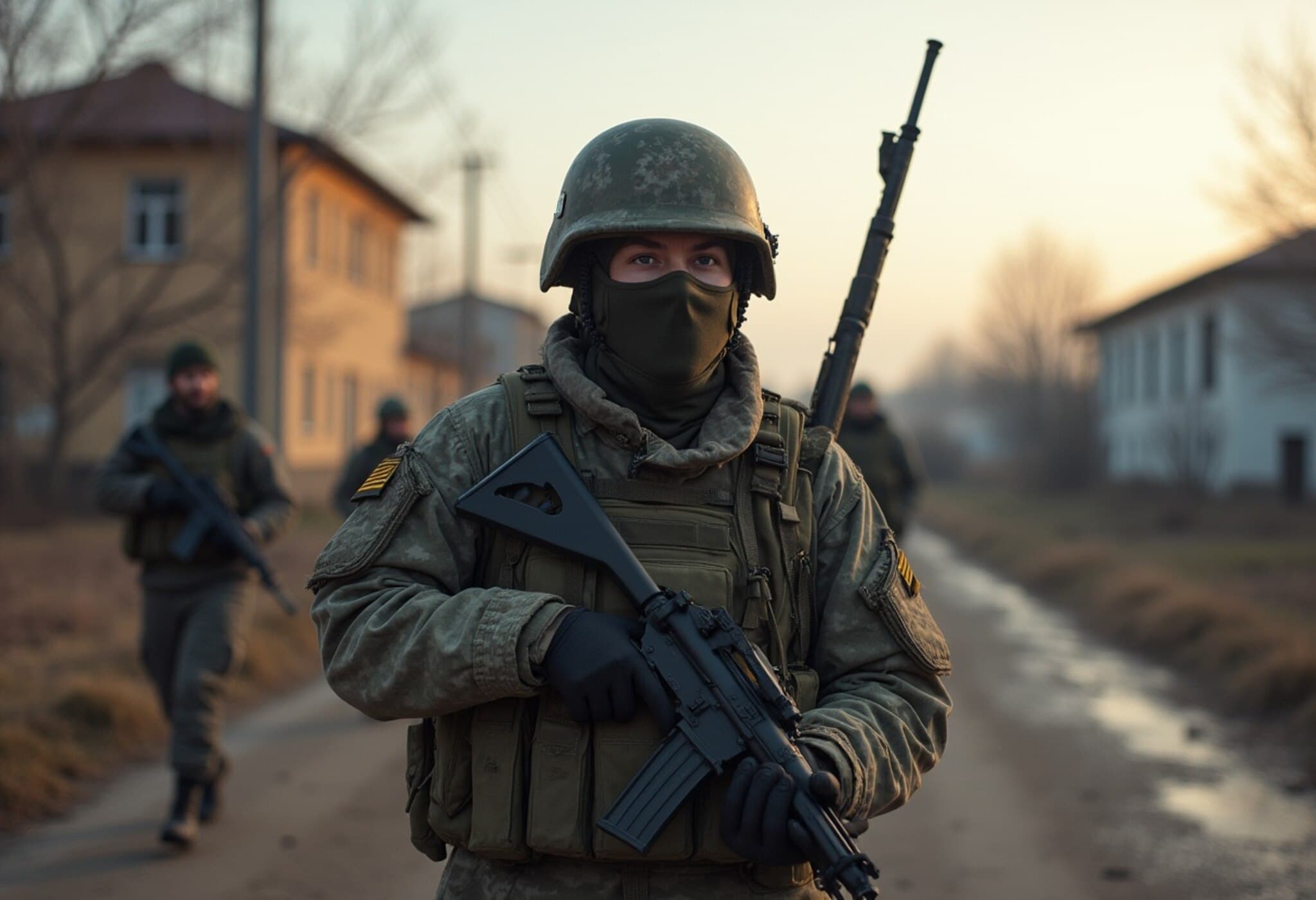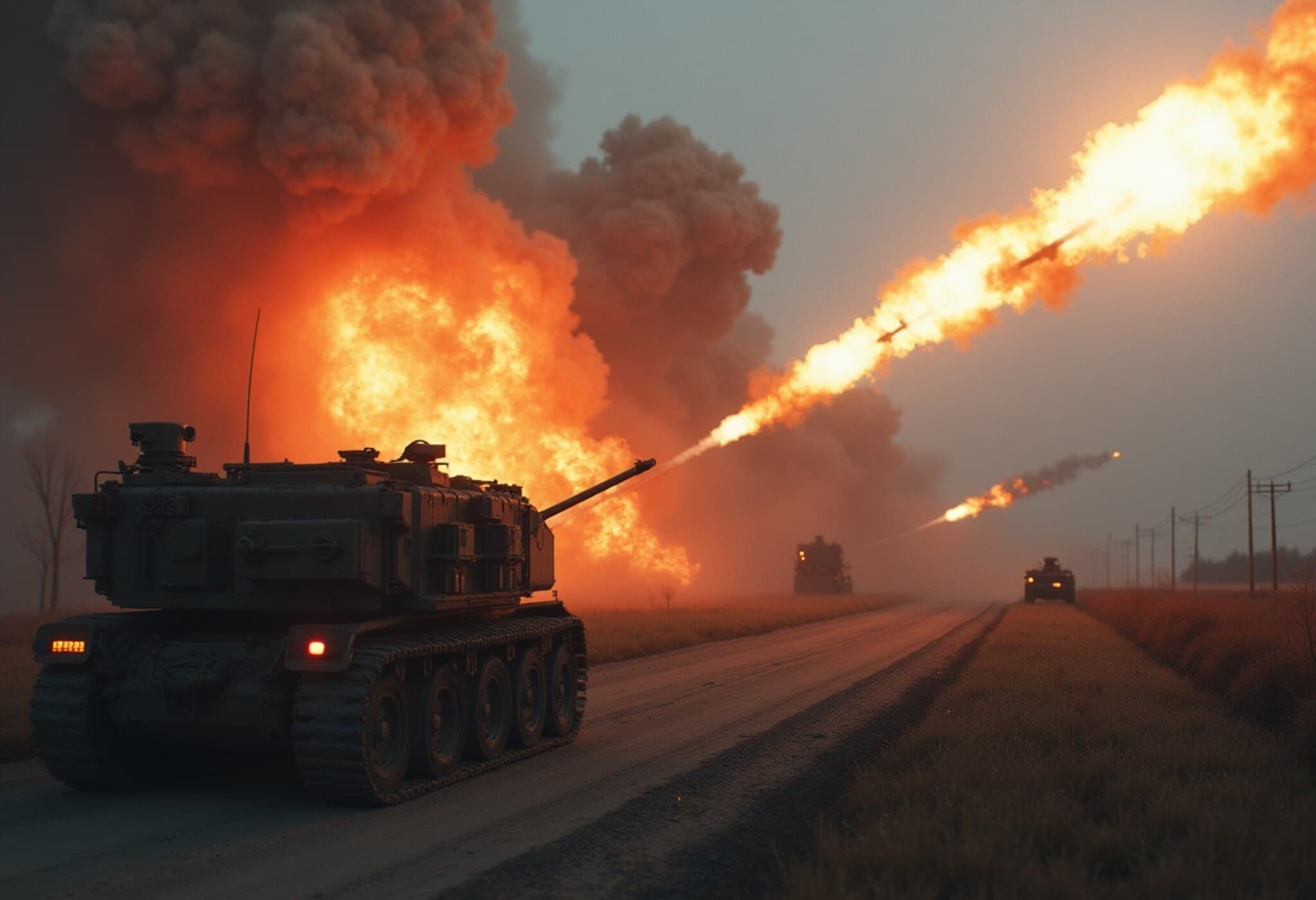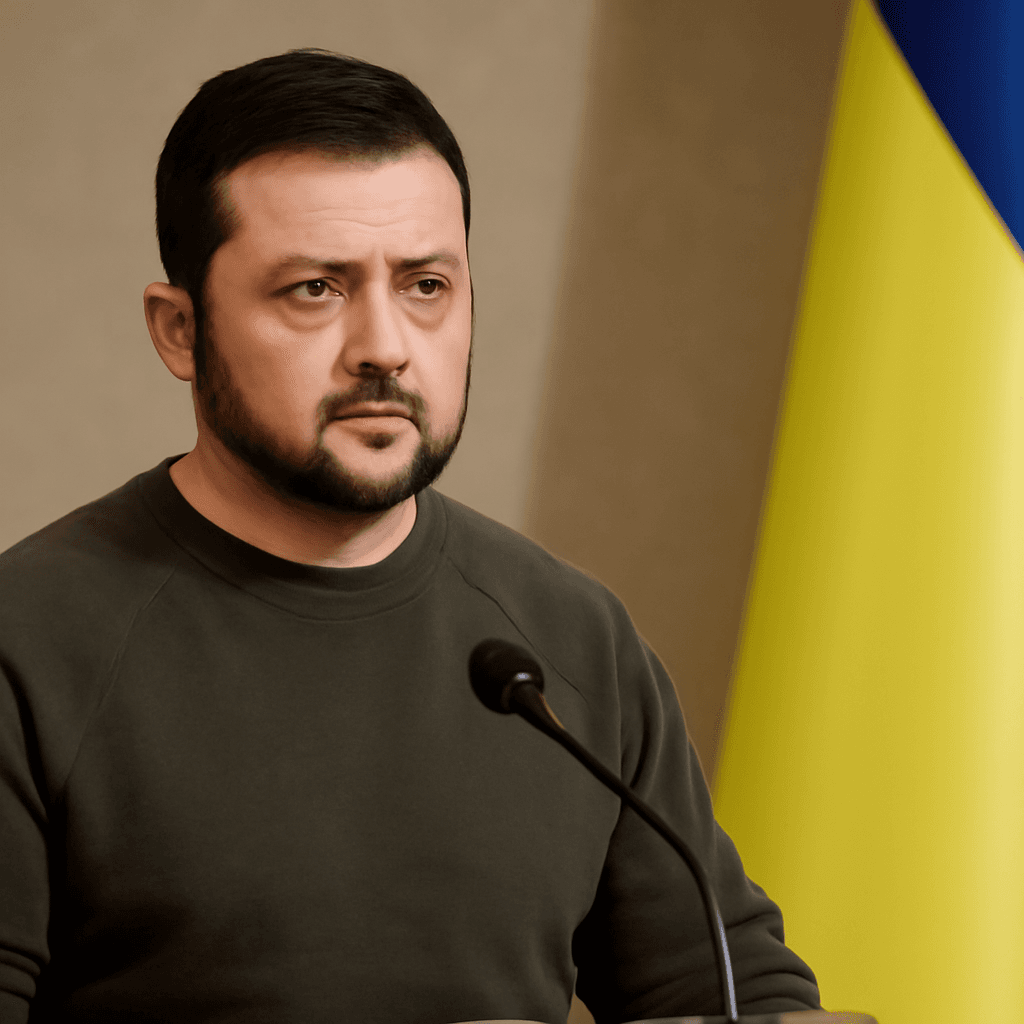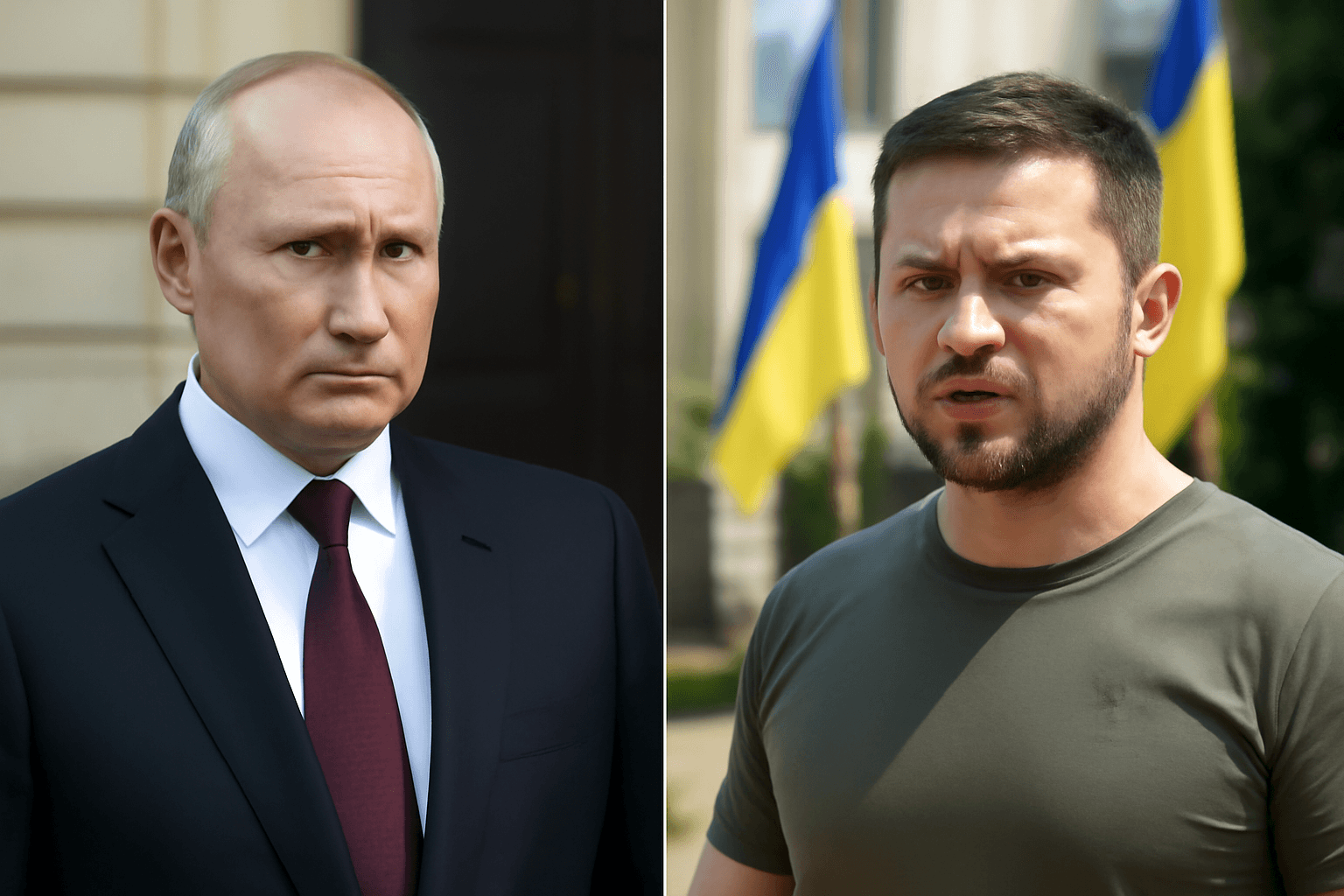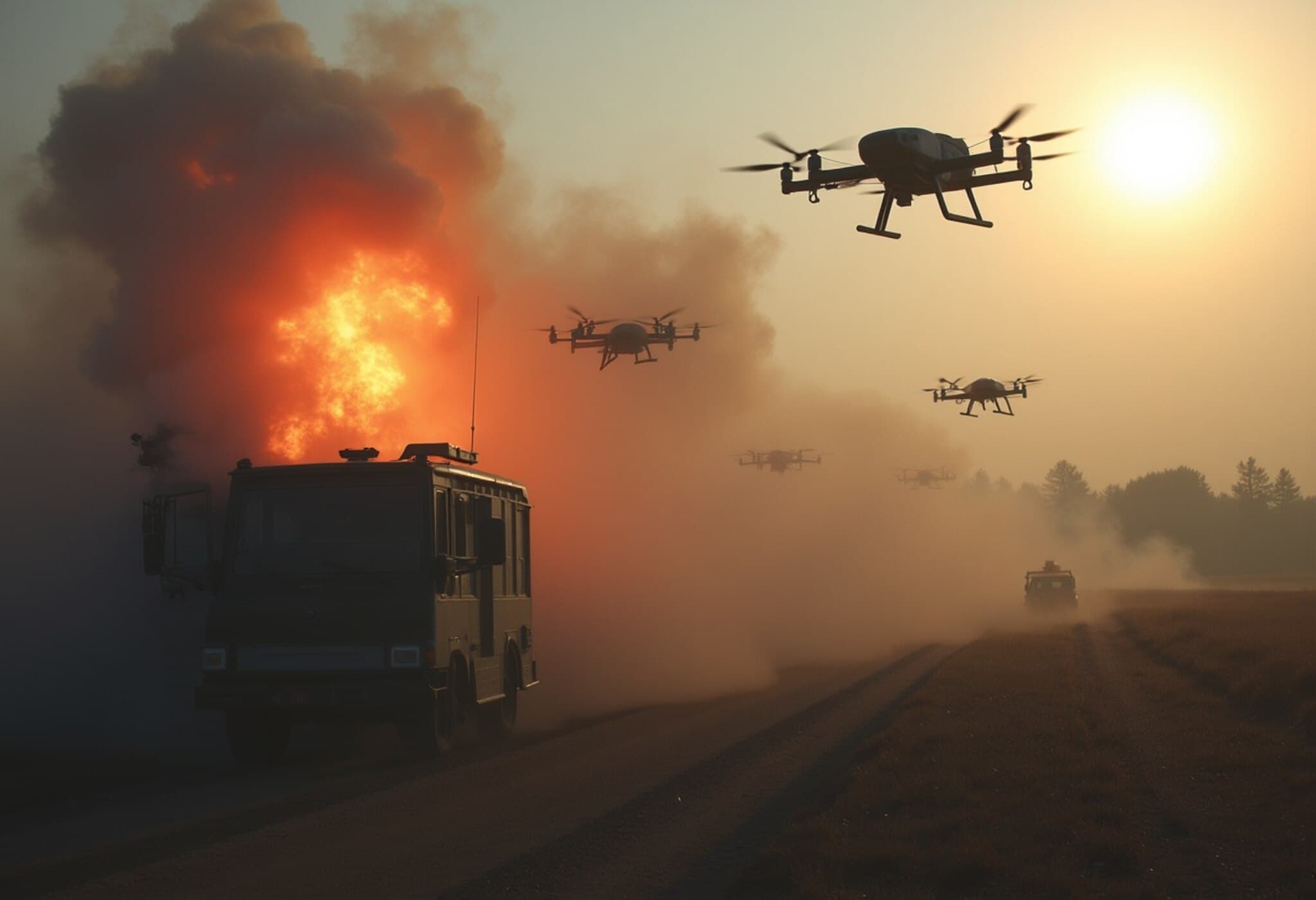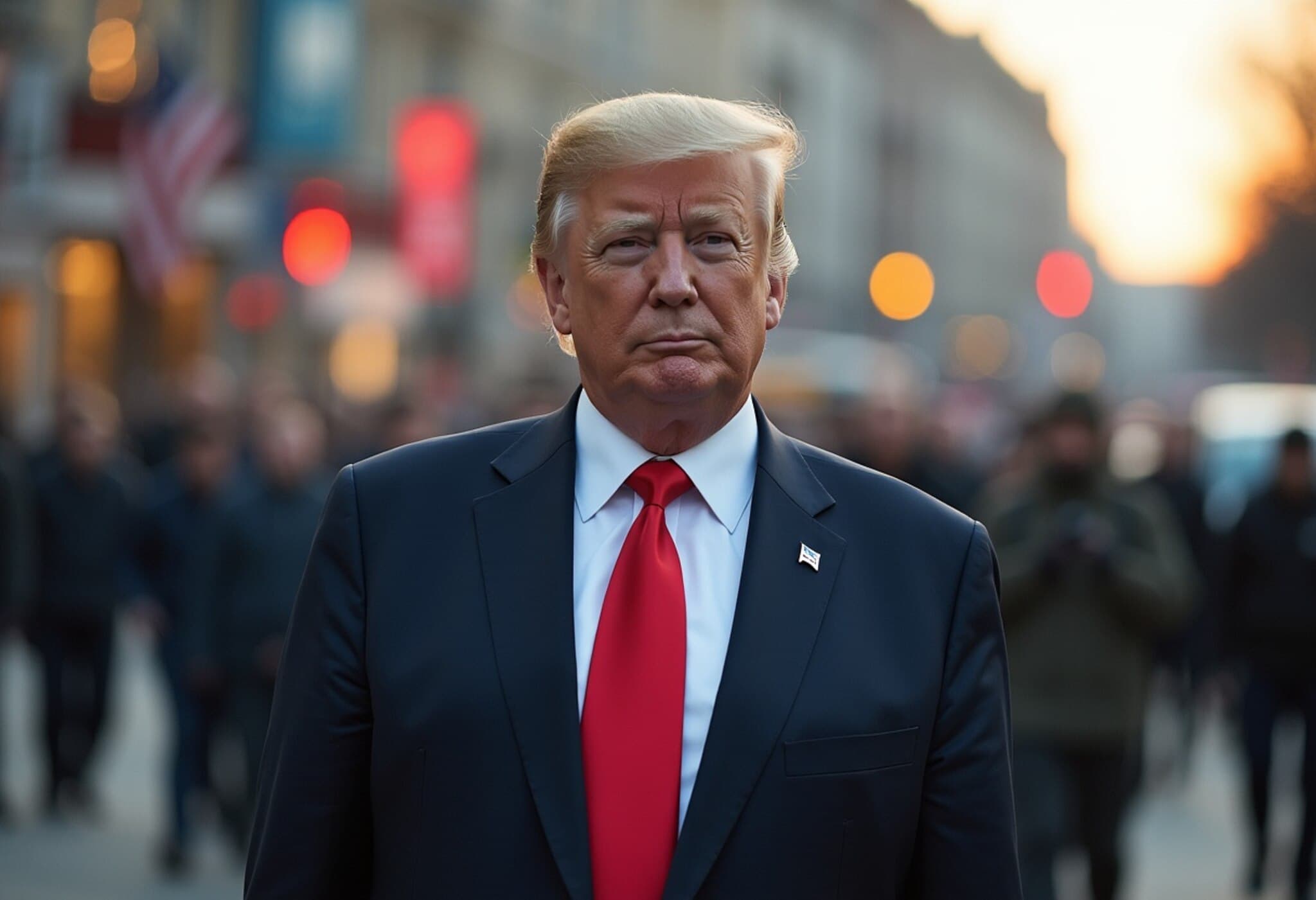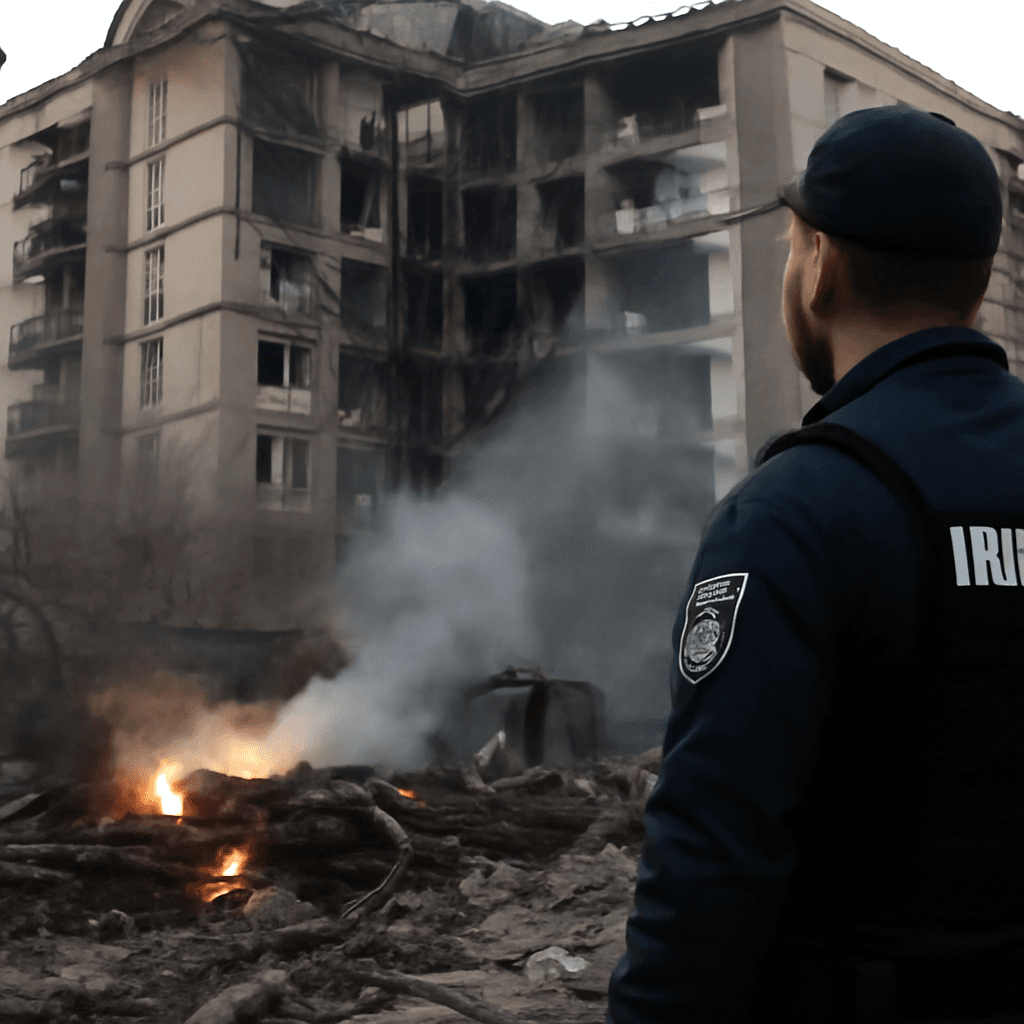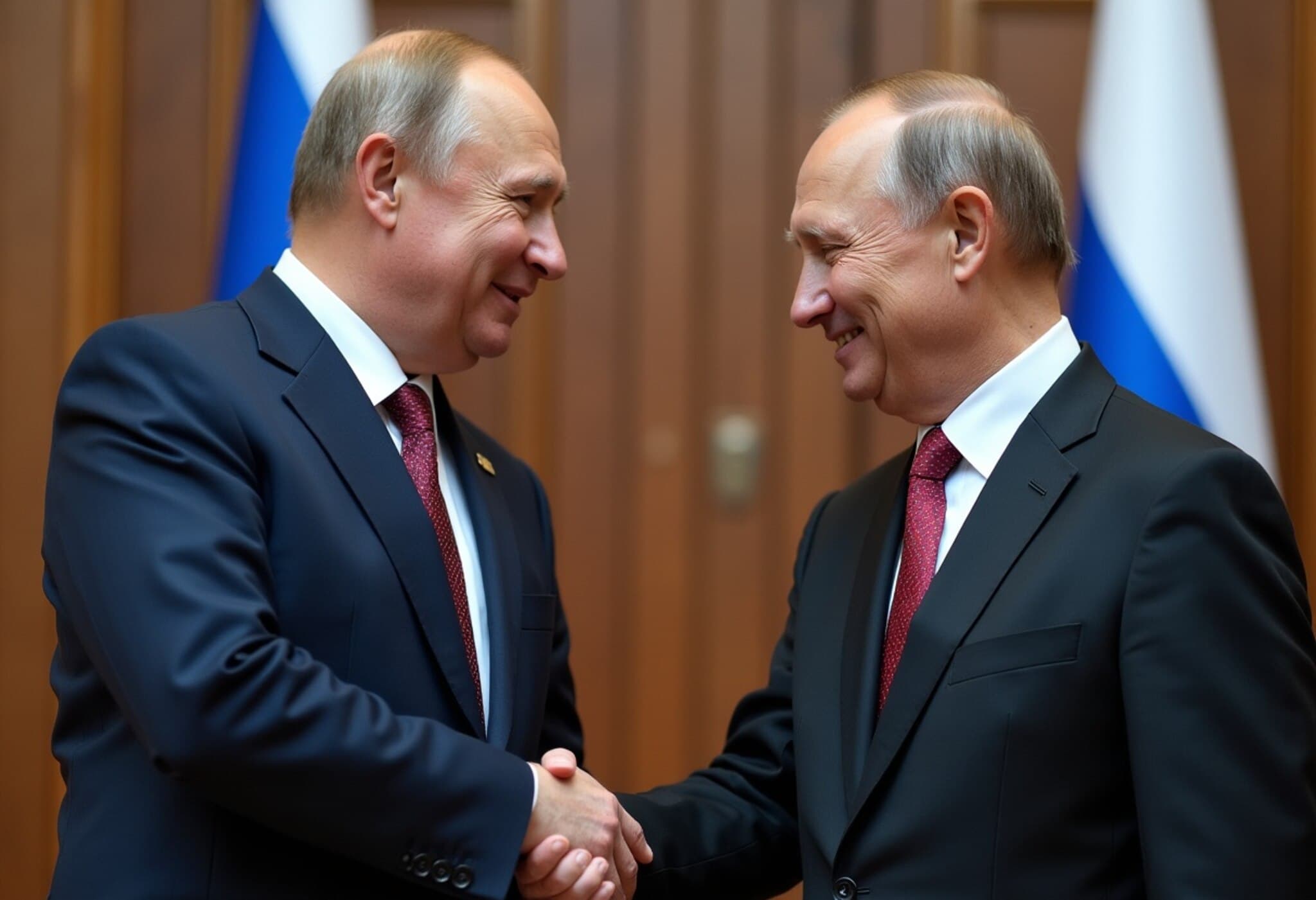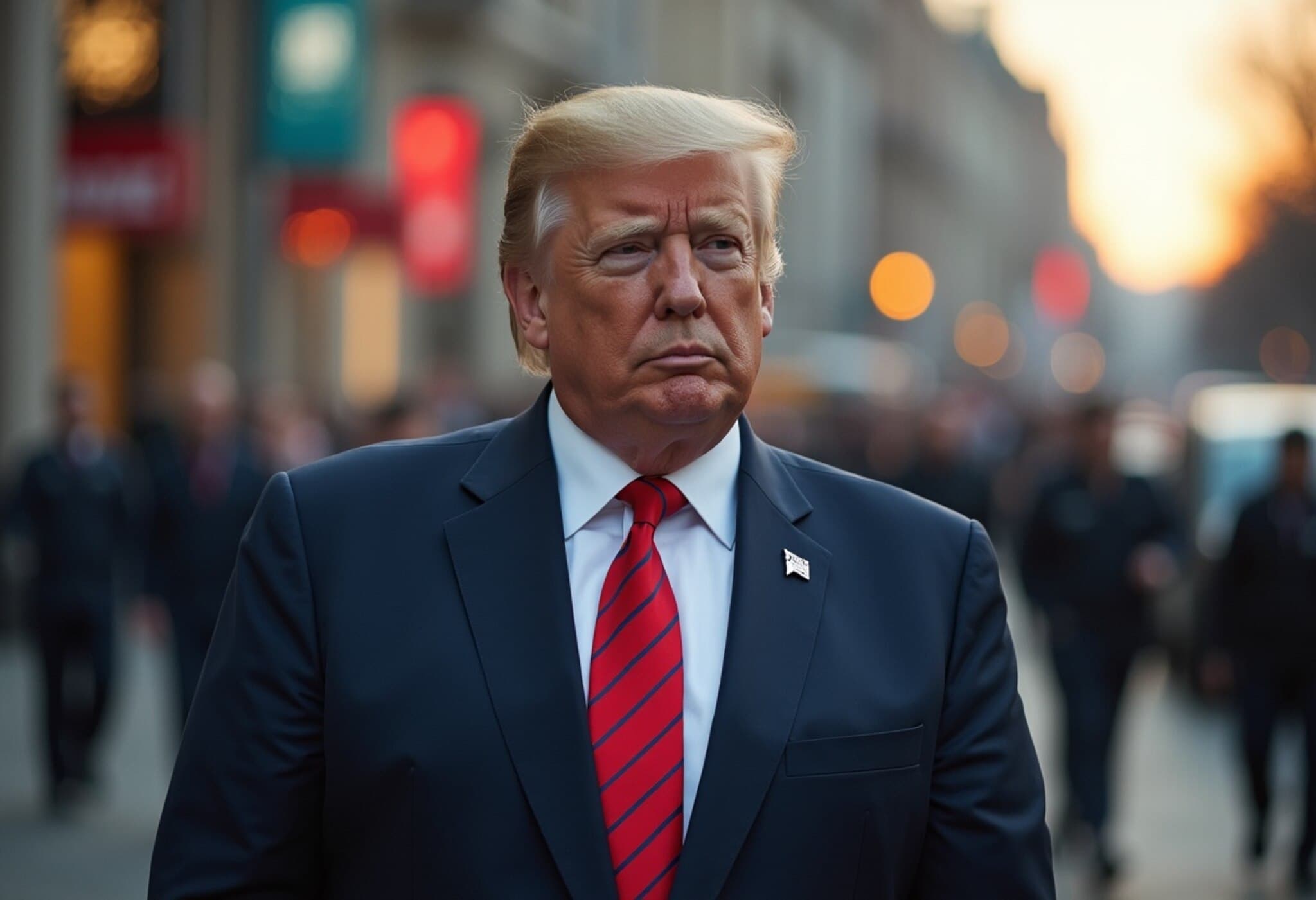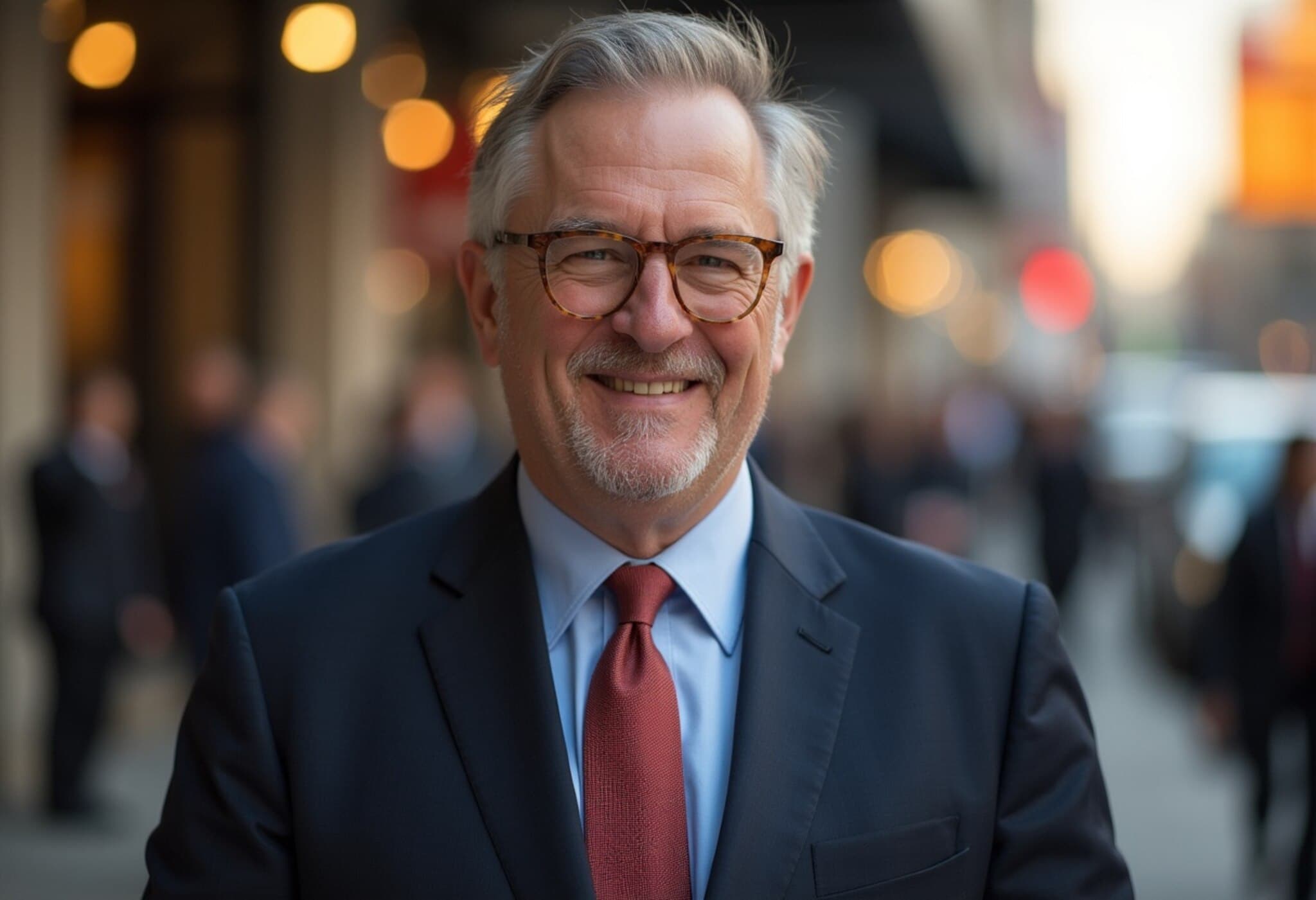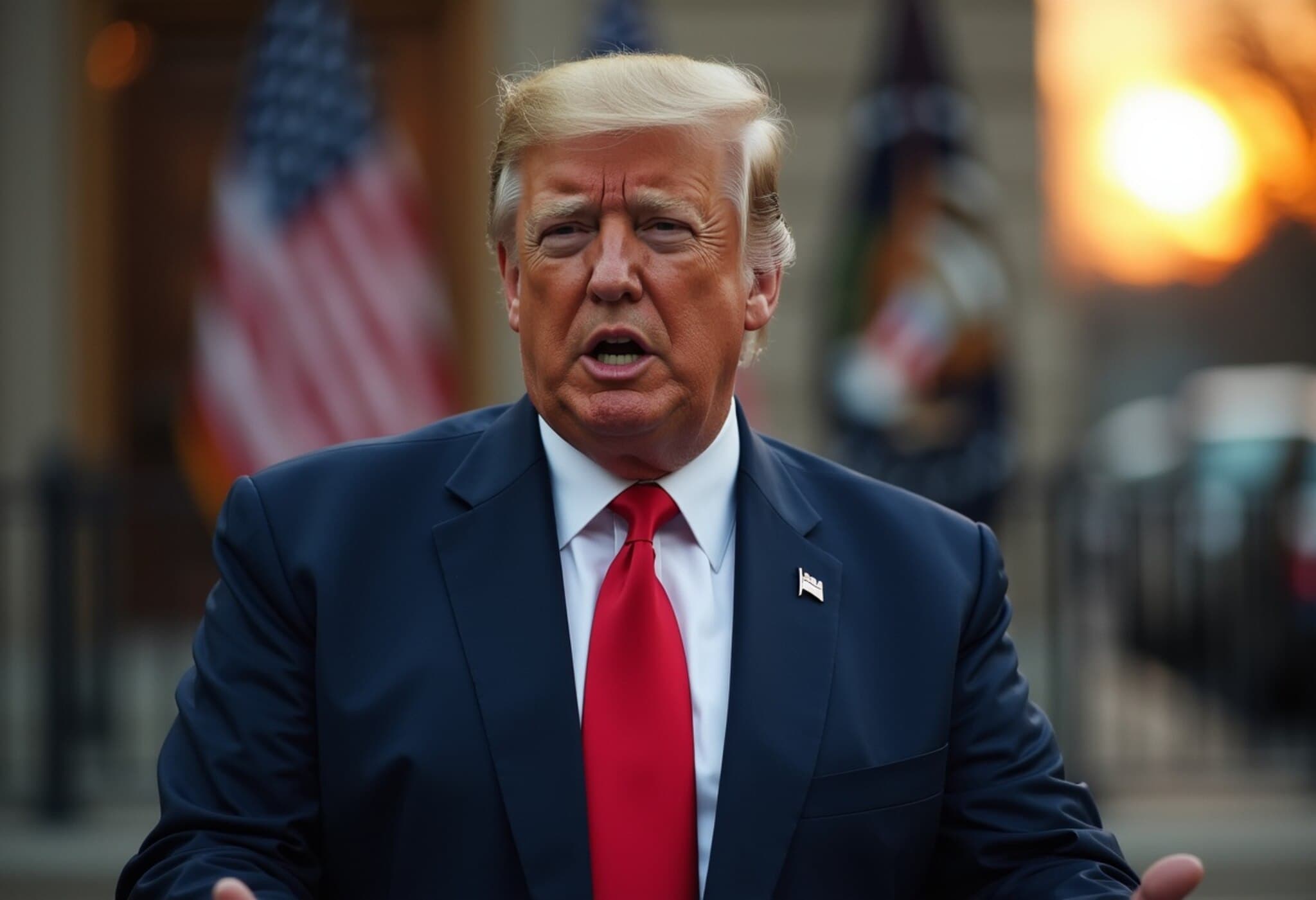Russia Escalates Conflict with Massive Drone and Missile Assault on Ukraine
On the night of July 8-9, 2025, Russia launched what is being described as the largest aerial offensive of the ongoing war against Ukraine, deploying a staggering total of 741 drones and missiles targeting multiple regions across the country. This unprecedented assault punctuated a period of heightened tensions, notably coinciding with increasingly critical rhetoric from former U.S. President Donald Trump towards Russian President Vladimir Putin.
The Scale and Strategy Behind the Attack
This massive aerial onslaught encompassed a wide geographic range, with strikes reported across nearly every part of Ukraine. However, Ukraine identified the northwestern Volyn region, especially near the city of Lutsk, as receiving the brunt of the strikes. Key targets included airfields and industrial installations — strategic sites critical to Ukraine's defense and infrastructure.
According to Ukrainian defense sources, the assault reportedly included:
- 540 to 620 Shahed drones or their decoys, a class of Iranian-made unmanned aerial vehicles used extensively by Russia in this conflict.
- Six Kinzhal aeroballistic missiles, known for their speed and precision strike capability.
- Four Kh-101 cruise missiles, part of Russia’s long-range arsenal.
Despite the sheer volume of hostile units, Ukraine's air defense systems and electronic warfare measures proved formidable. Of the incoming 728 drones, Ukraine reportedly neutralized 296 and jammed 415. Combining efforts involving interceptor drones, fire teams, and fighter aircraft, Ukrainian forces successfully intercepted a total of 718 out of 741 threats, underscoring their increasing proficiency in countering sophisticated aerial attacks.
Context: Political Rhetoric and Military Realities
This aggressive campaign launched by Russia unfolded amid a sharp rhetoric shift from Donald Trump, who publicly criticized Vladimir Putin and accused him of "not treating human beings right" and causing excessive civilian casualties. Trump also reaffirmed U.S. commitments to send defensive weapons to Ukraine, highlighting ongoing geopolitical friction.
However, despite verbal condemnations, the Trump administration had previously taken measures that analysts believe may have emboldened Russian aggression, such as halting or slowing weapons supplies to Kyiv, thus complicating the dynamics of international support for Ukraine’s defense.
Interestingly, just the previous week, Russia had unleashed a record 550 drones and missiles following a telephonic conversation between Trump and Putin — underscoring a pattern of escalations correlating with diplomatic engagements and their outcomes.
Official Statements and Reactions
Russian authorities claimed that the "long-range" and "precision" strike effectively neutralized their designated targets, specifically military infrastructure, asserting complete mission success. Meanwhile, Ukrainian officials, including Andriy Yermak, Chief of Staff to President Volodymyr Zelenskyy, viewed the timing of the assault — coinciding with the U.S. announcement of new arms supplies — as a deliberate act of defiance by Moscow.
President Zelenskyy condemned the attacks as "yet another proof of the need for sanctions on Russian oil," stressing that revenues from energy exports continue to finance Russia's war efforts. He called on international partners to impose secondary sanctions on entities purchasing Russian oil, framing such economic pressure as essential for coercing Russia to cease hostilities and engage genuinely in peace efforts.
Ground Offensive Developments
Amid this intense aerial campaign, Russian ground forces announced the capture of the village of Tolstoy in the eastern Donetsk region, marking incremental territorial gains that compound the broader conflict complexities on the front lines.
Implications and Expert Insight
This largest recorded aerial assault not only signifies a dramatic escalation in Russia’s operational tempo but also exposes challenges faced by international stakeholders in containing and resolving the conflict. From a strategic perspective, the persistent use of drones signals a shift in modern warfare tactics — blending swarm technologies with traditional missile strikes to overwhelm air defenses.
For U.S. and NATO policymakers, these developments raise pressing questions about the adequacy of current support levels, defense aid timeliness, and the broader diplomatic strategy toward Russia. Experts argue that without robust and sustained pressure — including economic sanctions and military assistance — Russia may interpret restraint as weakness, prompting further destabilization.
Moreover, the humanitarian cost remains grave, with attacks impacting civilian infrastructure across at least ten Ukrainian regions, exacerbating displacement, and humanitarian crises.
Looking Ahead
The conflict’s trajectory remains perilous. While calls for ceasefires have emerged, with President Trump proposing three separate peace initiatives — all rejected by Russia — Minsk-like diplomatic breakthroughs appear elusive. Russia’s intensifying strikes underscore its unwillingness to compromise, while Ukraine grapples with sustaining defense capabilities amid continued bombardments.
As international observers watch closely, the unfolding crisis demands nuanced analysis and synchronized action to prevent further escalation and support Ukraine’s sovereignty.
Editor’s Note
The massive drone and missile barrage launched by Russia marks a new and alarming chapter in the Ukraine conflict, highlighting the urgency for coordinated global response strategies. Key questions linger: Can economic sanctions and military assistance effectively deter further aggression? How will technological innovations shape future warfare paradigms? And critically, what steps can the international community take to revive peace talks before civilian suffering deepens?
Understanding the evolving battlefield and geopolitical landscape is vital—not only as a matter of regional security but for global stability in an era of rapid technological and political change.

